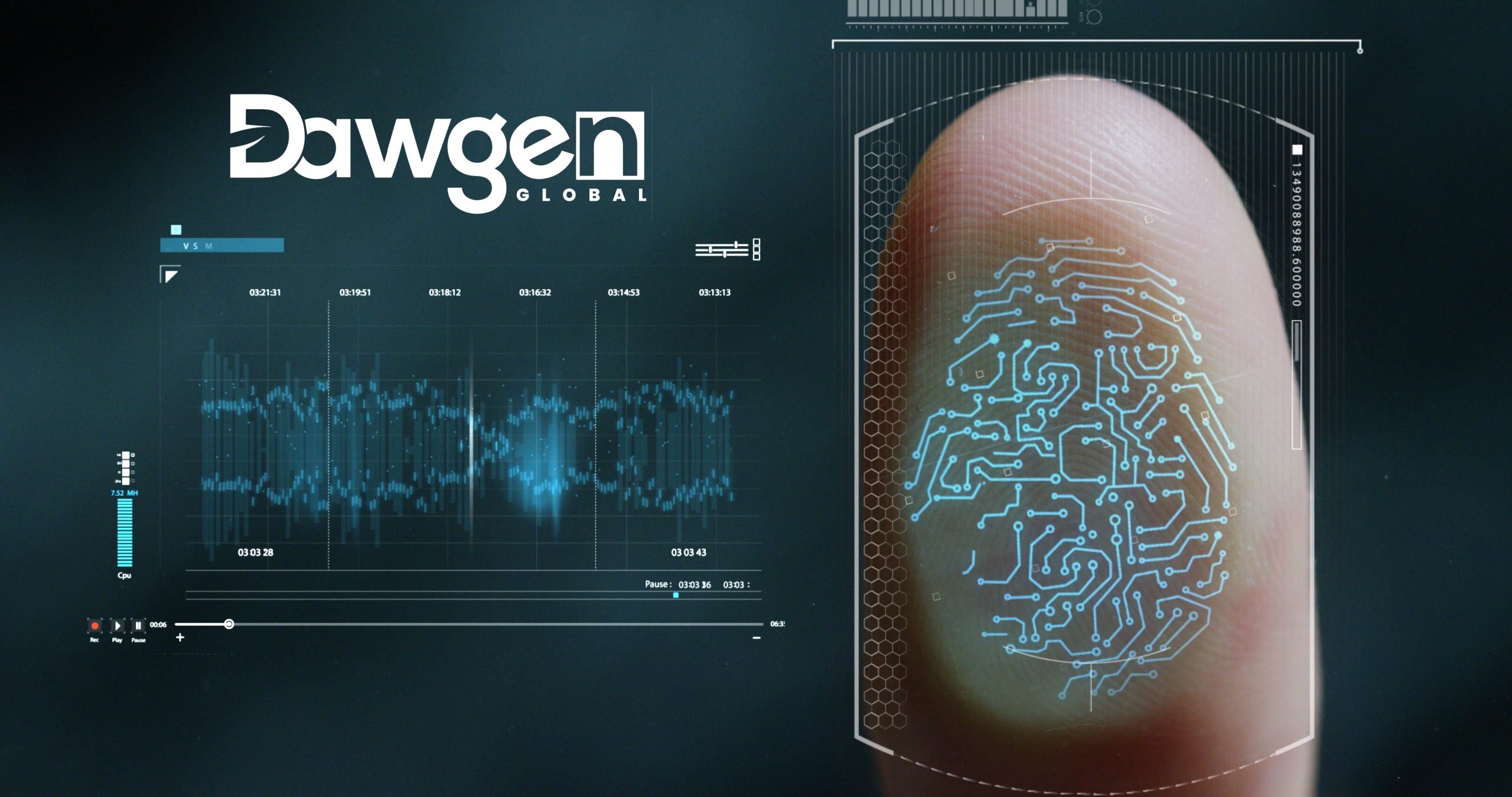 In today’s increasingly connected world, cybersecurity has become a fundamental pillar of organizational resilience. Businesses, governments, and individuals alike are facing constant threats from cyberattacks. To safeguard against these risks, a comprehensive understanding of the cybersecurity value chain is critical. This chain not only addresses immediate security needs but also ensures long-term protection through strategic processes and technologies.
In today’s increasingly connected world, cybersecurity has become a fundamental pillar of organizational resilience. Businesses, governments, and individuals alike are facing constant threats from cyberattacks. To safeguard against these risks, a comprehensive understanding of the cybersecurity value chain is critical. This chain not only addresses immediate security needs but also ensures long-term protection through strategic processes and technologies.
What is the Cybersecurity Value Chain?
The cybersecurity value chain is a sequence of activities designed to protect data, networks, and systems from cyber threats. It encompasses a range of processes, tools, and strategies, starting from identifying potential risks to mitigating them effectively. Each activity within the value chain plays a crucial role in maintaining the integrity of an organization’s cybersecurity posture.
Primary Activities in the Cybersecurity Value Chain
- Risk Assessment and Identification
The first step in any effective cybersecurity framework is understanding the potential threats. Through risk assessments, businesses can identify vulnerabilities in their systems and anticipate possible cyberattacks. This stage involves evaluating the likelihood and potential impact of different threats. - Prevention and Protection
Once threats are identified, businesses must implement strategies to prevent attacks from occurring. This includes deploying firewalls, encryption technologies, intrusion detection systems (IDS), and other protective tools. Prevention also involves educating employees and users about safe practices and emerging cyber threats. - Detection and Monitoring
While prevention is key, it’s impossible to guarantee complete immunity from cyberattacks. Continuous monitoring allows for the early detection of suspicious activity or breaches. Advanced technologies, such as artificial intelligence (AI) and machine learning (ML), are being used to detect anomalies and respond to them in real-time. - Response and Mitigation
In the event of a security breach, an organization must be able to respond quickly and effectively. This includes isolating the compromised system, analyzing the breach, and mitigating its effects. A well-documented incident response plan is essential to minimize damage and prevent further exploits. - Recovery and Resilience
After a breach has been contained, the focus shifts to recovery. This includes restoring affected systems, data, and services, and ensuring that the organization can resume normal operations. It also involves reinforcing the security infrastructure to prevent future incidents and building resilience through backups, redundancy, and disaster recovery plans.
Support Activities for Enhancing the Cybersecurity Value Chain
- Governance and Compliance
Effective cybersecurity goes beyond just tools and technologies; it also requires strong governance. Organizations must adhere to cybersecurity regulations, standards, and best practices to ensure compliance. This includes frameworks such as GDPR, HIPAA, and NIST, which guide organizations in their approach to cybersecurity. - Training and Awareness
Humans often remain the weakest link in cybersecurity. Regular training and awareness programs are vital for educating employees about cyber hygiene, phishing attacks, and safe browsing practices. An organization’s security culture can significantly enhance the overall effectiveness of the cybersecurity value chain. - Continuous Improvement and Feedback Loops
Cybersecurity is a dynamic field, and threats evolve constantly. As such, the cybersecurity value chain must be continuously updated and improved. Regular audits, assessments, and feedback loops help organizations fine-tune their strategies to adapt to new challenges.
The Role of Integration in Cybersecurity
The success of a cybersecurity strategy depends on how well the various components of the value chain are integrated. It’s not just about having a firewall or an antivirus program in place, but ensuring that all systems, from detection tools to response protocols, work cohesively. A holistic, integrated approach leads to stronger protection and faster responses.
Conclusion
In the digital age, cybersecurity must be viewed not as a series of isolated tools but as a cohesive value chain. Organizations that approach cybersecurity through this lens will not only protect their assets but will also build a strong foundation for trust and resilience in the face of cyber threats. By integrating risk assessment, prevention, detection, response, recovery, and continuous improvement, companies can enhance their security posture and be better prepared for the ever-evolving cyber landscape.
Next Step!
“Embrace BIG FIRM capabilities without the big firm price at Dawgen Global, your committed partner in carving a pathway to continual progress in the vibrant Caribbean region. Our integrated, multidisciplinary approach is finely tuned to address the unique intricacies and lucrative prospects that the region has to offer. Offering a rich array of services, including audit, accounting, tax, IT, HR, risk management, and more, we facilitate smarter and more effective decisions that set the stage for unprecedented triumphs. Let’s collaborate and craft a future where every decision is a steppingstone to greater success. Reach out to explore a partnership that promises not just growth but a future beaming with opportunities and achievements.
✉️ Email: [email protected] 🌐 Visit: Dawgen Global Website
📞 Caribbean Office: +1876-6655926 / 876-9293670 📞 USA Office: 855-354-2447 WhatsApp Global: +1 876 5544445
Join hands with Dawgen Global. Together, let’s venture into a future brimming with opportunities and achievements

